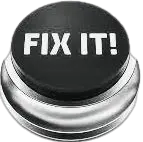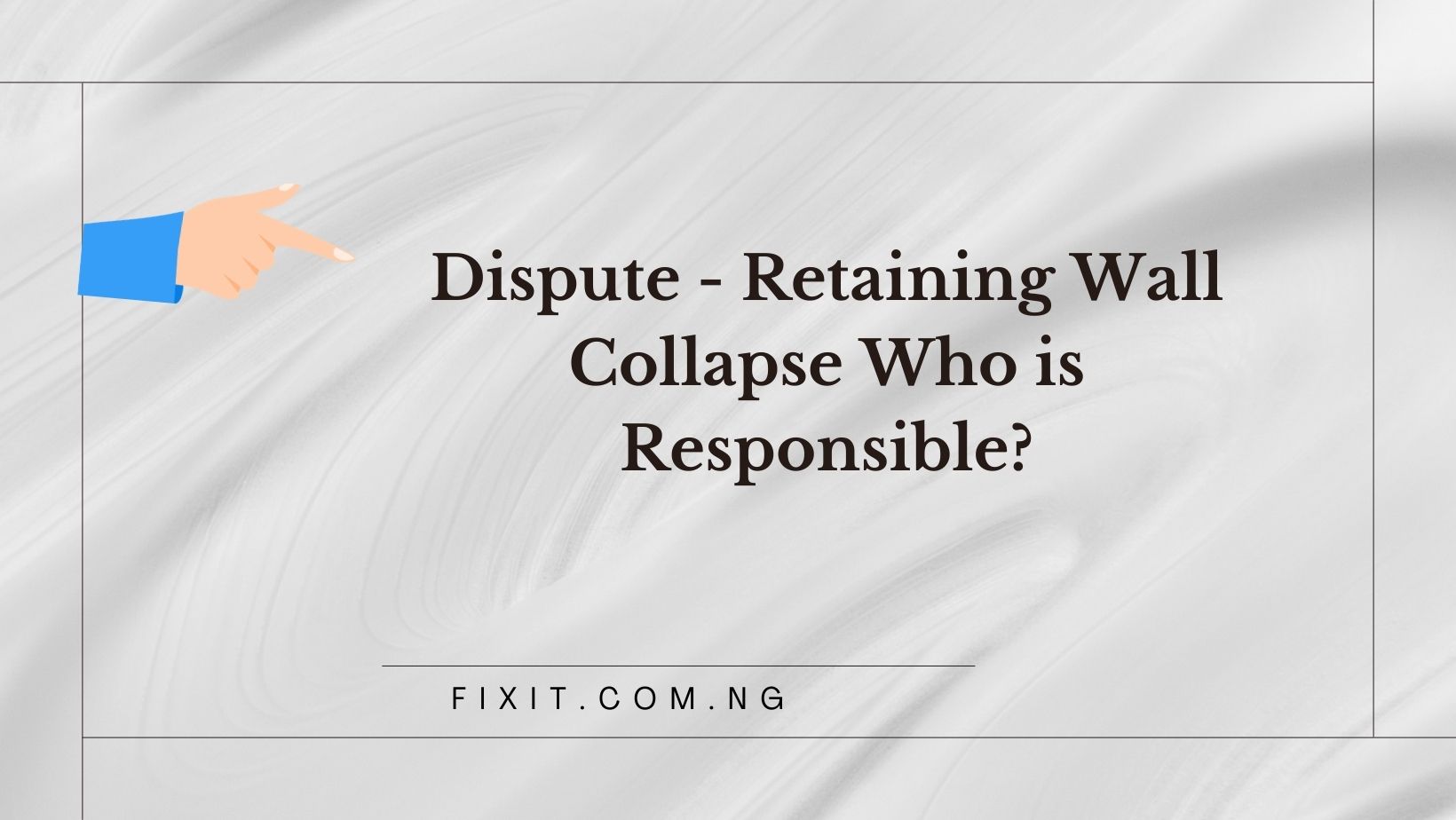Building retaining walls on property lines can cause disputes among those involved, so it is crucial that everyone involved understands their rights and responsibilities so they don’t end up in court.
Common issues related to soil erosion and drainage include improper grading techniques, tiles or channels for drainage purposes and backfill material that drains well – using these measures will help avoid future issues.
Property Owners
Failing retaining walls are dangerous to structures that stand behind them, including houses or foundations of homes. Soil held back by these walls can shift with gravity and cause foundation issues or even cause the entire home to collapse. To protect against such disaster, it is critical that retaining walls be monitored as part of an overall maintenance plan, including using materials like 200uc steel in Queensland to strengthen their structures so they can withstand heavy loads without collapsing under stress.
Attributing responsibility for damaged retaining walls can be tricky in residential areas due to property lines. Usually, those on whose land the wall abuts are responsible for its upkeep; however, if it straddles between two properties and their respective homeowners disagree about who should repair or replace it, an injunction may be necessary in order to force both parties involved to pay.
If a retaining wall was constructed to provide lateral support to neighboring properties, its maintenance is generally the responsibility of the property owner who completed grading or excavating; typically this would be the downhill owner; if constructed prior to either of their purchasing their land then likely either did the grading for it.
Neighbors
When there is a retaining wall on the boundary line between two properties, neighbors often disagree about who should pay for its repairs and maintenance. There are a few key aspects that help determine responsibility for its upkeep:
As soon as the slope of the land has been identified, examine it carefully to ascertain who excavated and removed soil support naturally available to it, leading to its removal, creating the need for a retaining wall in the first place. Most often, downhill property owners are responsible for this action as they have likely graded their land for levelness purposes and need backfill to backfill gaps between yards.
Another thing to keep an eye out for when considering retaining wall placement is whether or not it intrudes on neighboring properties. Usually if a wall extends more than five feet from its property line it is considered an encroachment and can be brought before the Supreme Court for resolution by asking them to force its owner to remove or push back the wall.
However, if a wall lies on the uphill side of a boundary line and an uphill homeowner erects a fence against it, this typically is not considered part of their property – this is likely because prior owners would likely have agreed on sharing costs associated with construction in their title records.
Municipality
When a retaining wall is located on public property, its maintenance may fall within the jurisdiction of a municipality. This is particularly applicable if it encroaches on sidewalks, roadways or any other public right-of-way. Therefore, contacting a professional surveyor who can give guidance regarding public property boundaries and legal matters is highly advised.
Determining who is responsible for maintaining a retaining wall can be complex. There are multiple factors that must be taken into consideration, such as property ownership and responsibilities, neighboring relationships, evidence of negligence and impact due to sloped property grading; but taking all these aspects into consideration will allow an equitable allocation of responsibility to take place.
In one such instance, a collapsed retaining wall caused soil erosion on both sides of a property line and led to lawsuits between both neighbors. A court eventually ruled in favor of one side by ruling that uphill neighbor is responsible for upkeep due to it being built on their land; however, this isn’t always the case as some retaining walls span both property lines – in such instances it is essential that an NYS licensed surveyor perform a property line stakeout and mark exactly where your retaining wall sits with respect to these official property lines so you know exactly where your retaining wall sits relative to official property lines in relation to official property lines in relation to official property lines in order to protect both parties involved from potentially costly legal disputes over its maintenance costs and associated liability.
Insurance
In cases where walls straddle property lines and are likely to cause structural damage to homes behind it, homeowners must check whether their insurance covers structural damage. Furthermore, it’s worth verifying whether their building permit has been filed with the appropriate authorities as well as who graded or built the wall – usually this information can be found within title or land registration documents.
Where a wall connects two landowners, it is of vital importance that maintenance efforts be undertaken so as not to cause it to collapse onto neighboring lands and result in the loss of property owned by those neighbors as well as an irreparable decrease in their land values. A collapse can mean losing part or all of what was once owned by one landowner while creating irreparable harm to another’s holdings.
Renovating or replacing retaining walls often incurs significant expenses due to their need to withstand soil pressure which may reach 50 pounds per square foot for walls four feet tall and higher.
As such, it is highly advisable to seek legal help from an attorney familiar with retaining wall collapse and construction defect claims such as Elliotte Quinn of Steinberg Law Firm who has extensive knowledge about soil slopes and can use his experience to get maximum compensation for your damages.

